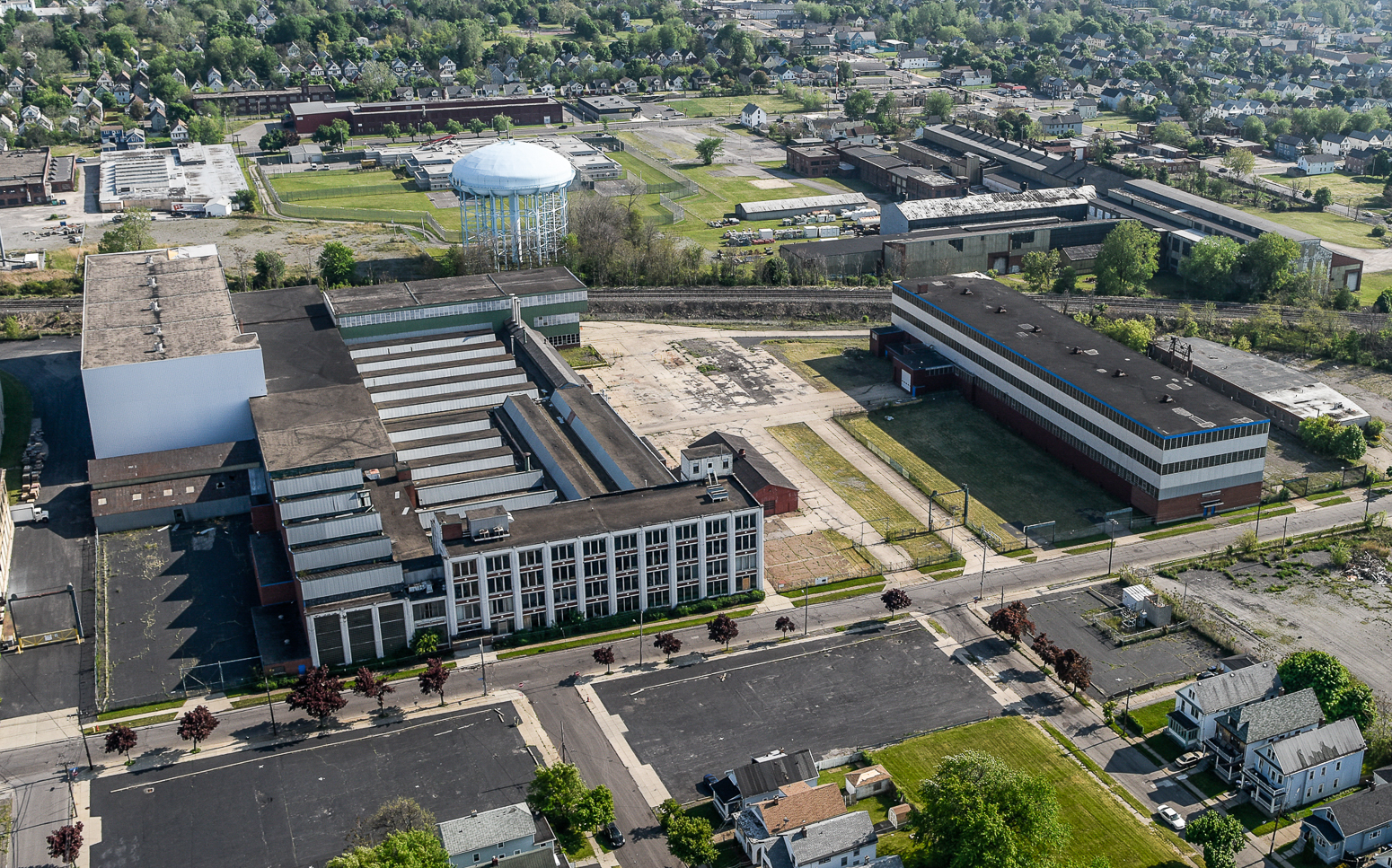Overview:
Historic Preservation is transforming our cities and neighborhoods from the huge neighborhood-changing adaptive use tax credit projects like the Northland Workforce Training Center and the Central Terminal in Buffalo to historic lobbies in neighborhood landmarks like the Hawarden in Washington, DC. And all of these National Register-listed projects, from the half billion-dollar neighborhood revitalization to the local landmark interiors, are remaking our cities and making them better places to live. Both Northland and Central Terminal are focusing on increased access for underserved communities, located in the poorest area in Buffalo. The Hawarden project is interesting because the building was one of the first condominium buildings built for middle income Black citizens in DC and their current restoration of the lobby is not being done because they’re getting tax credits or they have to – but because they think it’s the right thing to do.
Northland occupies the former Niagara Machine & Tool Works Factory on Buffalo’s East Side. The complex is an intact representative example of a large-scale tool and machine factory designed and built during the first half of the twentieth century. The company played an important role in defense contracting for World War I and World War II, as well as in the development of the East Side of Buffalo along the Belt Line railroad. The Northland Workforce Center has been adapted into a community college to meet the needs of the advanced energy sectors, providing training for local citizens. Its reuse represents a revival in an industrial neighborhood that was once considered forgotten and maintains the industrial significance and aesthetics of the complex. The Central Terminal, one of the largest Art Deco train stations in the country, vacant since 1979, is undergoing a massive rethinking along with its neighborhood, the Broadway-Fillmore District, another historic neighborhood on Buffalo’s East Side. With the Terminal as the catalyst, it is propelling future growth to its surrounding neighborhood, which is one of the most diverse neighborhoods in Buffalo. Northland was $120,000,000 (completed in 2020) and the Central Terminal, which is currently under design, is estimated to be at least half a billion dollars. All financing sources will be essential for these giant complexes. Important incentives include the Federal Historic Tax Credit, New York State Historic Tax Credits, Federal New Market Tax Credits, Low-Income Housing Tax Credits and Brownfield Tax Credits. While the Hawarden’s lobby restoration is privately funded by the residents, this same team of professionals presented two options – a restoration option and a modernization option. The residents voted for the restoration option – excited to be reactivating their lost heritage. From half a billion dollars to a hundred thousand dollars, these projects are all saving our stories and helping us to move forward.
Learning Objectives:
- Participants will be able to identify how historic tax credits and low-income housing tax credits are revitalizing our underserved communities.
- Participants will discuss the importance of preserving both industrial neighborhoods and local landmark's lobbies.
- The session will examine how adaptive use is creating new incentives to redevelop historic neighborhoods and complexes.
- Attendees will assess how National Register and local landmark listings can encourage owners to preserve their buildings.
Presented by:
Barbara A. Campagna, FAIA, NCARB, FAPT, LEED AP BD+C
Principal/Owner, BAC/Architecture + Planning
Barbara is an architect, planner and historian – reinventing and restoring historic buildings. She is the recipient of the National AIA Young Architect of the Year Award 2002 and was elevated to AIA Fellowship in 2009 as “the leading national architect and policymaker for the integration of preservation values into green building practices.” She was the Chief Architect of the National Trust for Historic Preservation based in Washington, DC. Her current firm has integrated her work as a private architect, non-profit administrator, and government preservation officer for the past 12 years.
James W. Shepherd, AIA, LEED AP
Principal/Director of Historic Preservation, SmithGroup
Jennifer L. Johnson, Allied ASID
Principal/Owner, Jennifer L. Johnson Interior Design
Jennifer’s firm is a full-service interior design rm serving the mid-Atlantic from their District of Columbia area studio. JLJ designs spaces which are comfortable, functional, authentic, and most importantly, personal. Residential and commercial projects include hotel renovations, preservation of historical buildings, single family homes, townhomes, lofts, condominiums, and historic row homes. Johnson holds a Master’s in Interior Design from Marymount University and serves on the board for the Washington Metro Chapter for the American Society of Interior Designers-ASID.

This course is being presented as part of DesignDC 2023: The New Historic Preservation.
Time:
May 4th, 2023
10:15-11:15am
Credits:
1.0 HSW|LU
Please note: You must attend the entire session to receive continuing education credit.
